JENA, GERMANY—Phys.org reports that a study of genetic material recovered from the teeth of people buried in the Hagios Charalambos cave on the Greek island of Crete between about 2290 and 1909 B.C. detected the presence of extinct strains of two pathogens. Researchers from the Max Planck Institute for Evolutionary Anthropology, the Max Planck Institute for the Science of Human History, the British School at Athens, and Temple University suggest that epidemics brought about by Y. pestis, which causes plague, and S. enterica, which causes typhoid fever, could have contributed to the collapse of Egypt’s Old Kingdom and the Akkadian Empire in Mesopotamia. It had been previously suggested that climate change may have triggered these Bronze Age population declines. Read the original scholarly article about this research in Current Biology. To read about DNA sequencing of Y. pestis recovered from two skeletons in southwestern Russia, go to "Bronze Age Plague," one of ARCHAEOLOGY's Top 10 Discoveries of 2018.
Pathogens Detected in Bronze Age Remains in Greece
News August 11, 2022
Recommended Articles
Letter from the Levant March/April 2025
On the Origin of the Pork Taboo
Exploring ancient people’s shifting beliefs about rearing and eating pigs

Features September/October 2024
Hunting for the Lost Temple of Artemis
After a century of searching, a chance discovery led archaeologists to one of the most important sanctuaries in the ancient Greek world
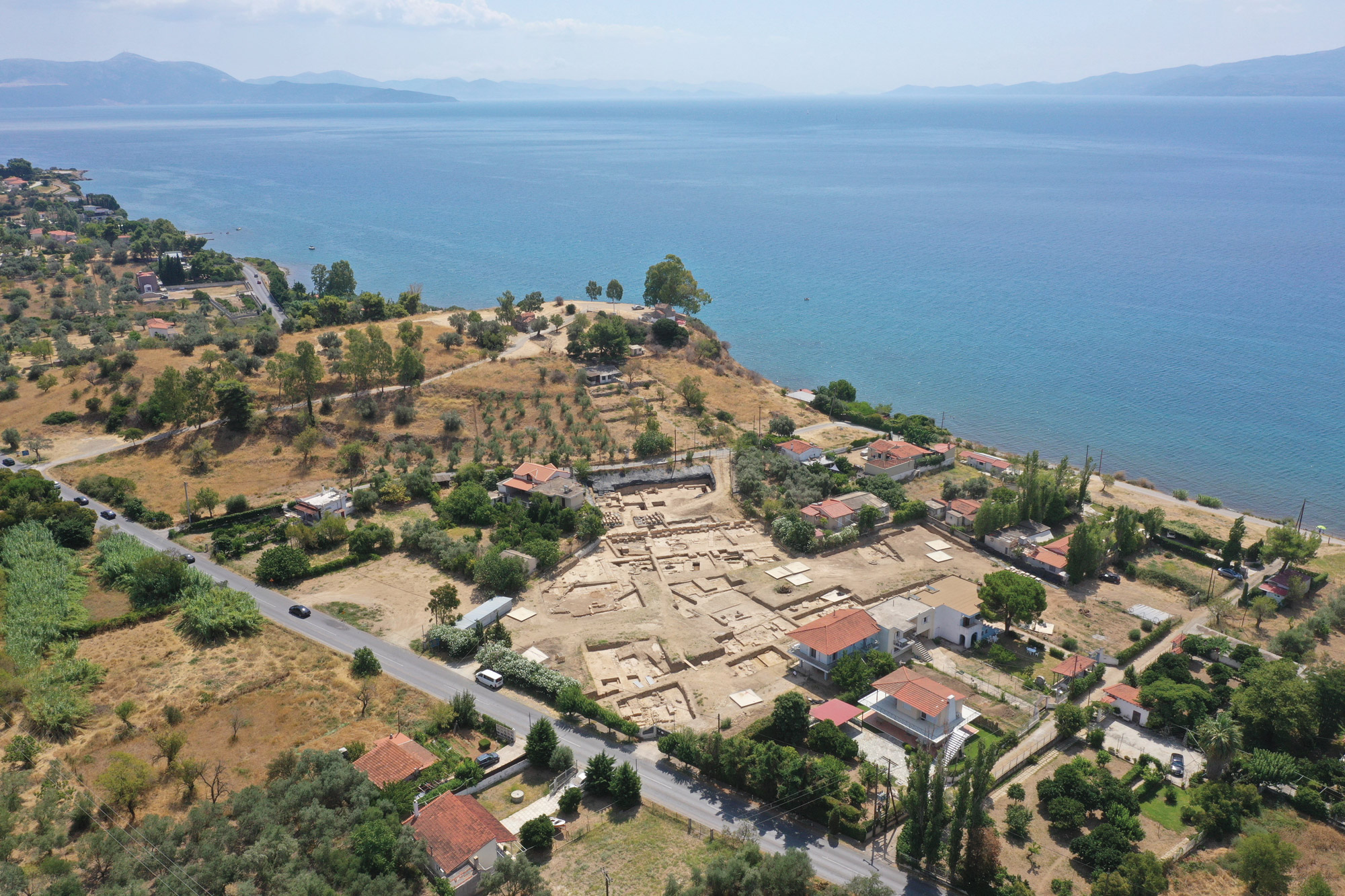
Digs & Discoveries July/August 2022
Spice Hunters
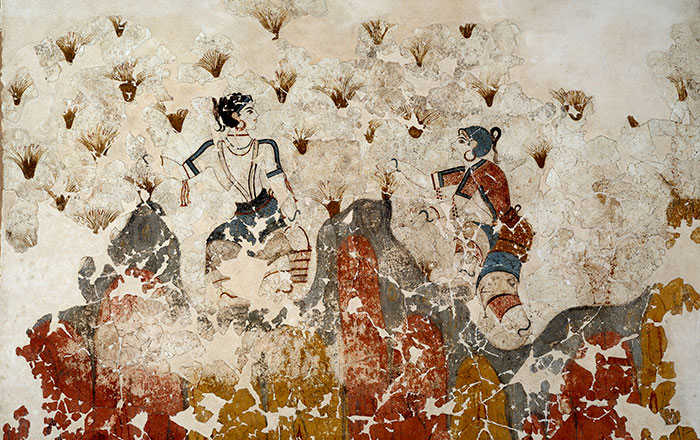
Digs & Discoveries January/February 2021
Formatting Bronze Age Tablets
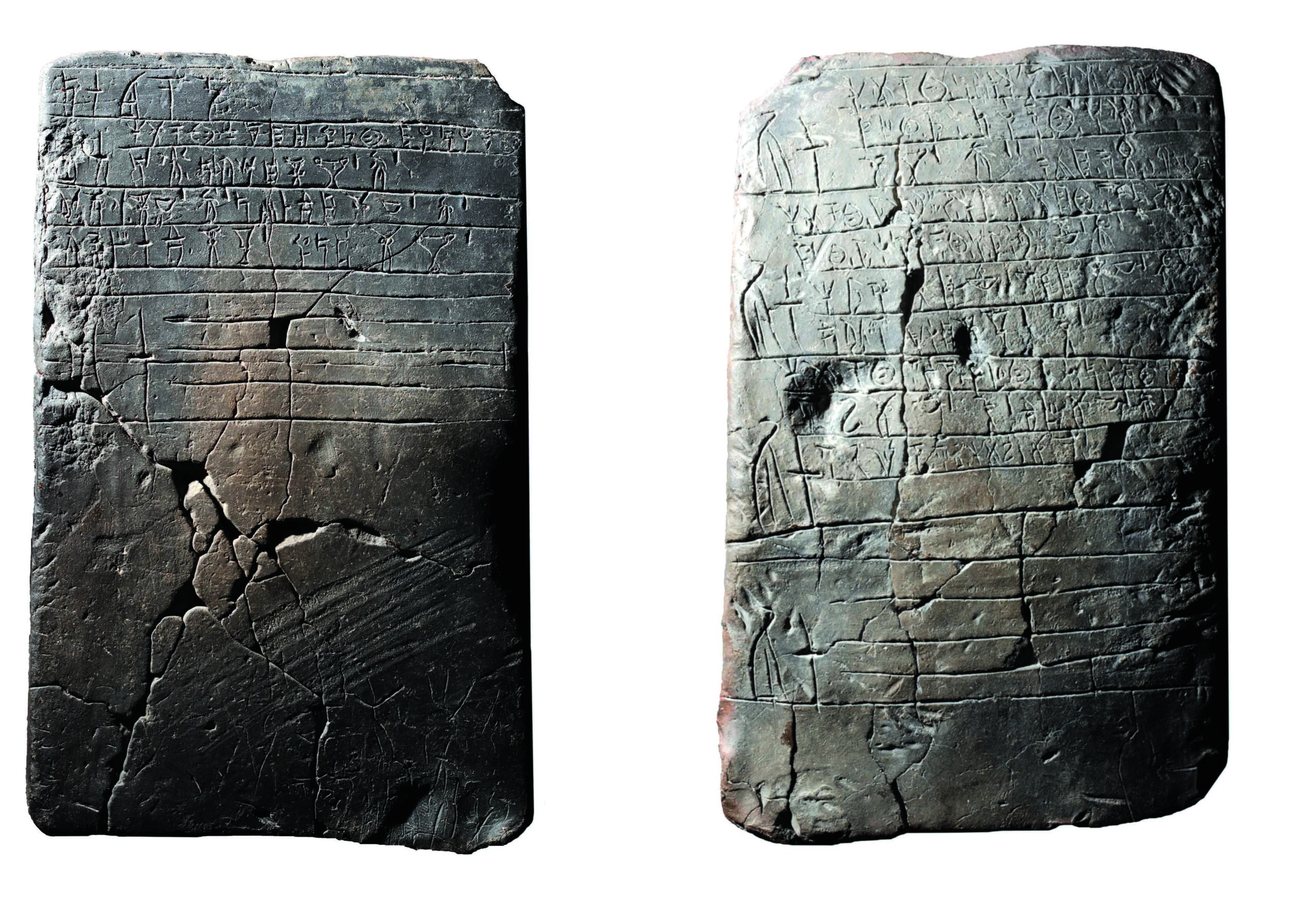
-
Features July/August 2022
The Philistine Age
Archaeologists are reconsidering the origins and history of a much-maligned ancient people
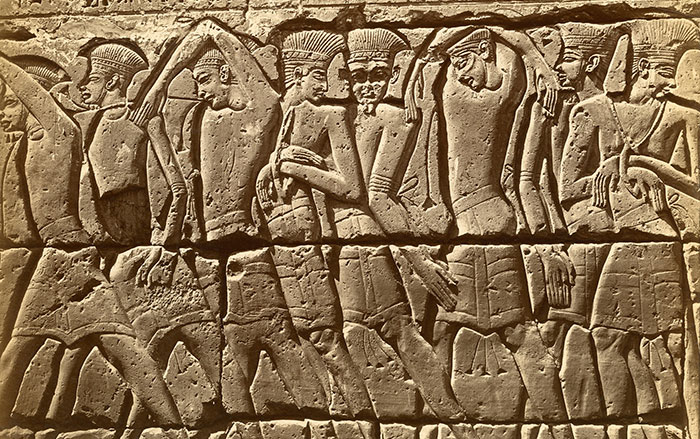 (Glasshouse Images/Alamy Stock Photo)
(Glasshouse Images/Alamy Stock Photo) -
Letter from Georgia July/August 2022
Soaring With Stone Eagles
A complex of Native American rock mounds bears witness to the endurance of ancient traditions

-
Artifacts July/August 2022
Nordic Ring Fragments
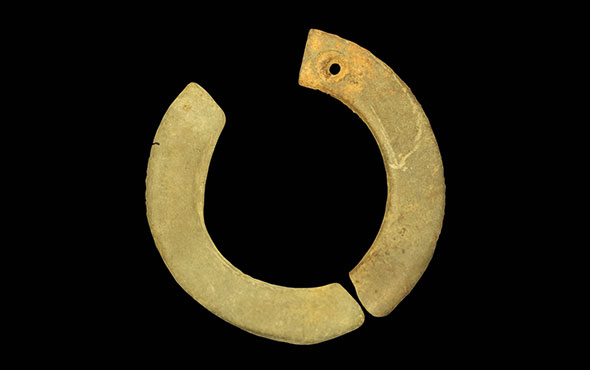 (Courtesy Marja Ahola)
(Courtesy Marja Ahola) -
Digs & Discoveries July/August 2022
Save the Dates
 (Bridgeman Images)
(Bridgeman Images)



